New fears of the rising H5N1 variant has scientists worried about the possible threat to humans.
The possibility of a high mortality rate in humans has researchers ramping up efforts in an attempt to learn as much as possible about the bird flu virus.
World Health Organization Ringing the Alarm

The World Health Organization (WHO) has recently raised concerns over the growing prevalence of bird flu among wild and factory farmed bird flocks.
The group has also alerted media outlets and the public of the incredibly high mortality rate that H5N1 has among people. The deadly virus can spread rapidly without proper contagion protocols.
Millions of Birds Have Been Affected
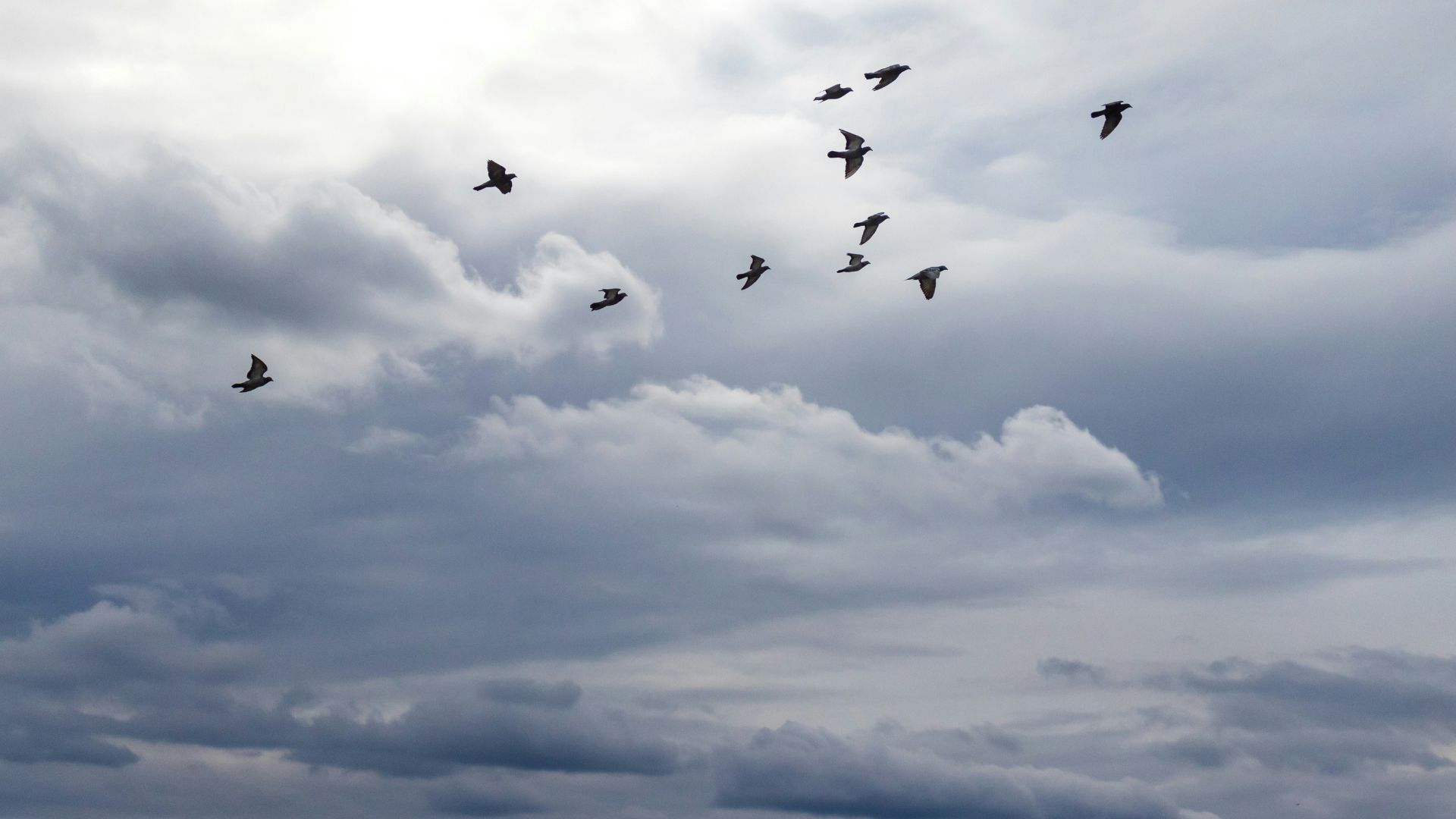
Since the outbreak of the current strain in 2020, tens of millions of poultry birds have had to be killed due to testing of the virus.
The current fear is caused by the avian virus spreading to cattle in Texas and surrounding states. One farm worker has tested positive for the virus after the illness made the impenetrable jump from bovine to human.
Massive Numbers of Cattle Sick With the Illness
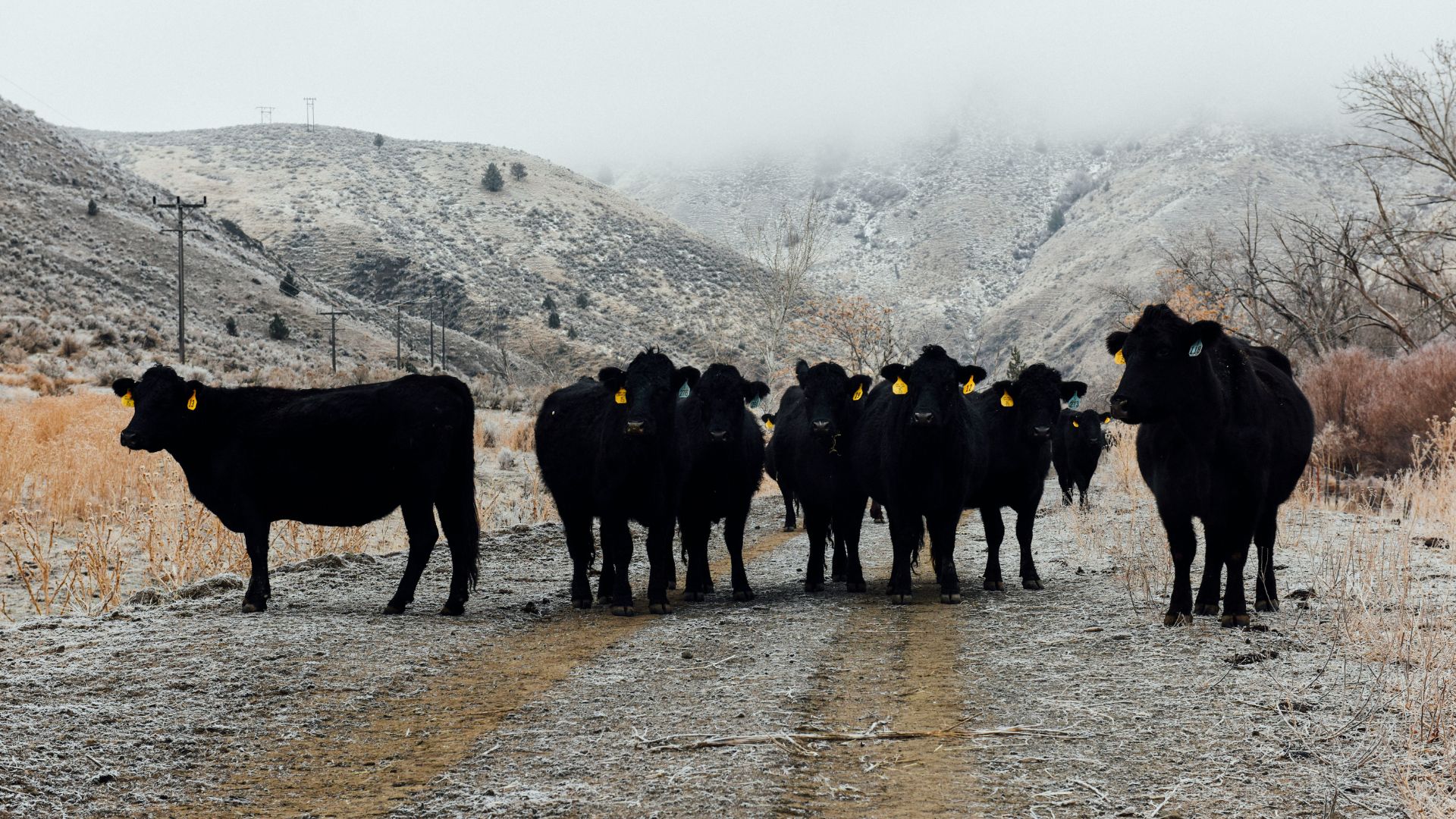
Recently, goats and cows have begun to contract the virus. This adaptation is especially concerning because the illness was thought to be previously not able to be spread to these types of animals.
More than 16 herds of cattle have been infected through six different states. When a positive case is confirmed the cows are taken out of the milk pumping lines and quarantined.
Illness Has Infected the Milk Supply

Unfortunately, when cows become sick with the illness, their milk becomes noticeably different, and of course, not safe for human consumption.
After a cattle herd has been confirmed with the illness, the milk is quickly tested and dumped if contaminated.
Millions of Birds Infected Since the Inception

Since the virus was first detected in China, hundreds of millions of birds have been killed, most of them in just the past three years.
The outbreak has affected most of the planet at this point with no hopes of slowing down in its spread through wild and domestic bird flocks.
Fears of a Global Animal Pandemic
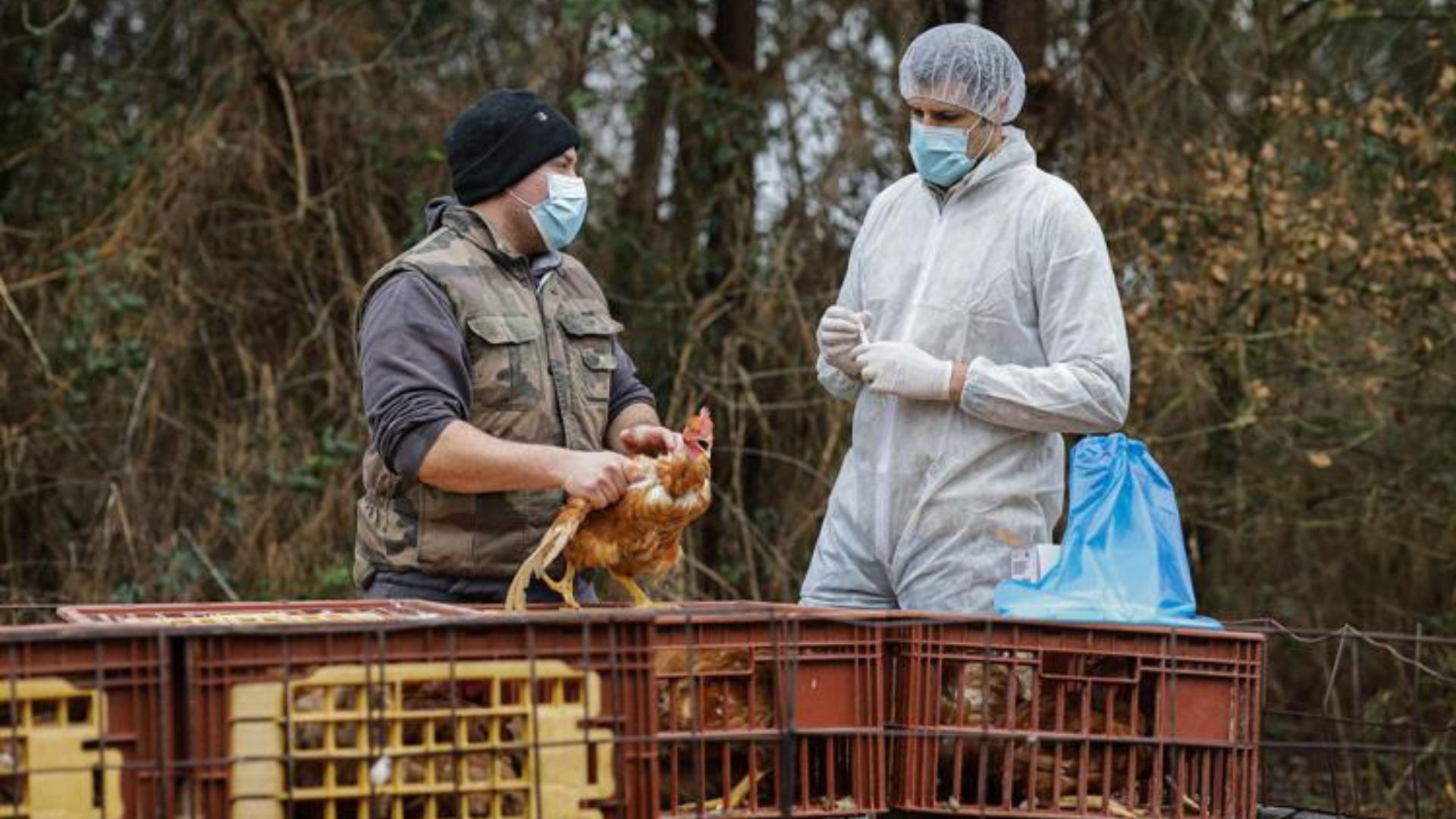
Just as Covid-19 spread globally at an alarming rate, Jeremy Farrar, the UN health agency chief, is concerned that the H5N1 variant will become a “global zoonotic animal pandemic”.
The links from ducks to chickens and now goats and cows shows an alarming ability for the virus to mutate to take on new hosts. Previously, the avian flu only infected birds.
No Evidence of Spread Between Humans
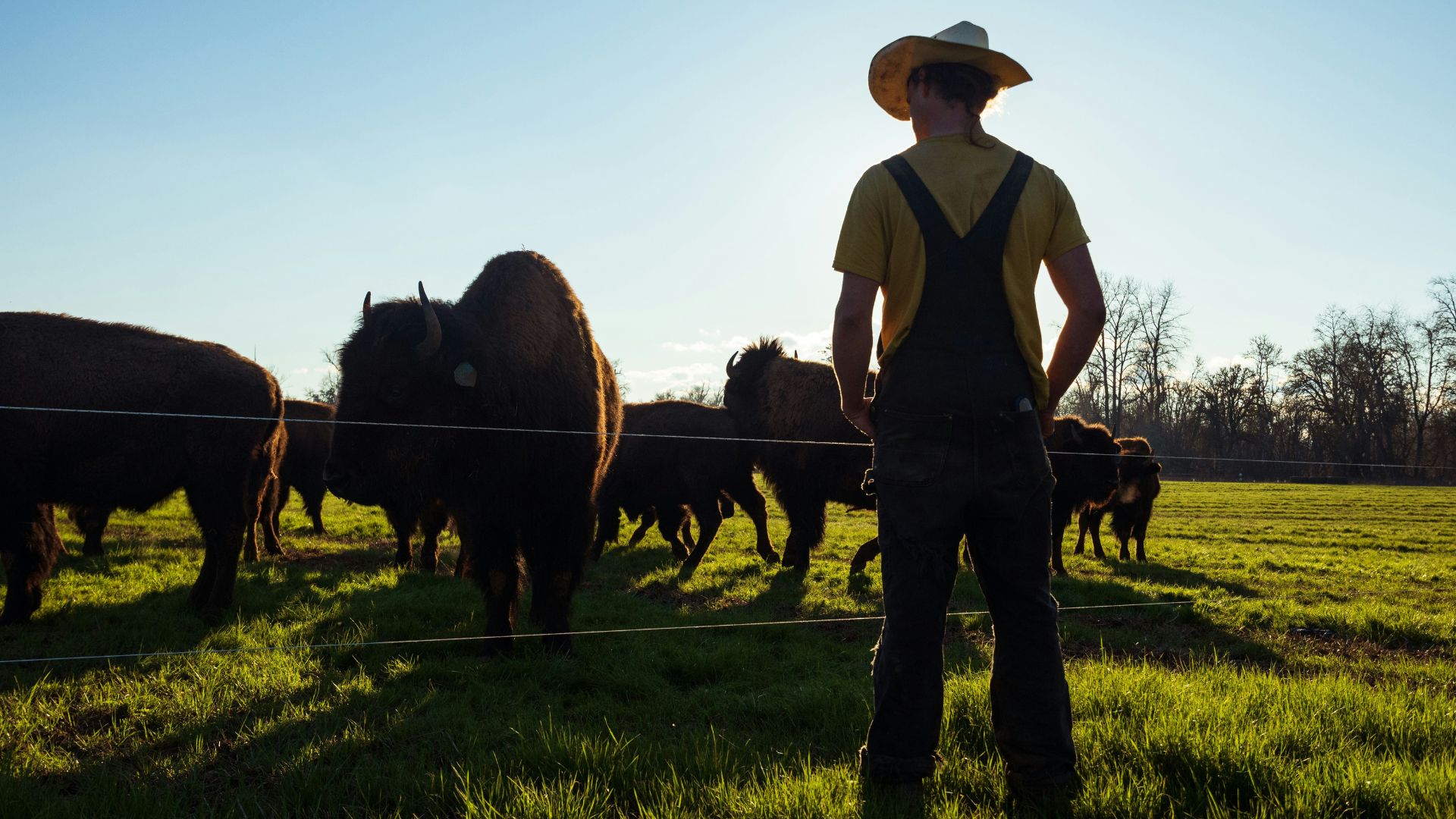
Although the farm worker infected was most likely in close contact with cow’s bodily fluids, there has yet to be another hump from human to human.
If the current trend continues, then most people will not need to be concerned about the illness. The virus is incredibly deadly for people and a spread of the illness could be catastrophic.
High Fatality Rate
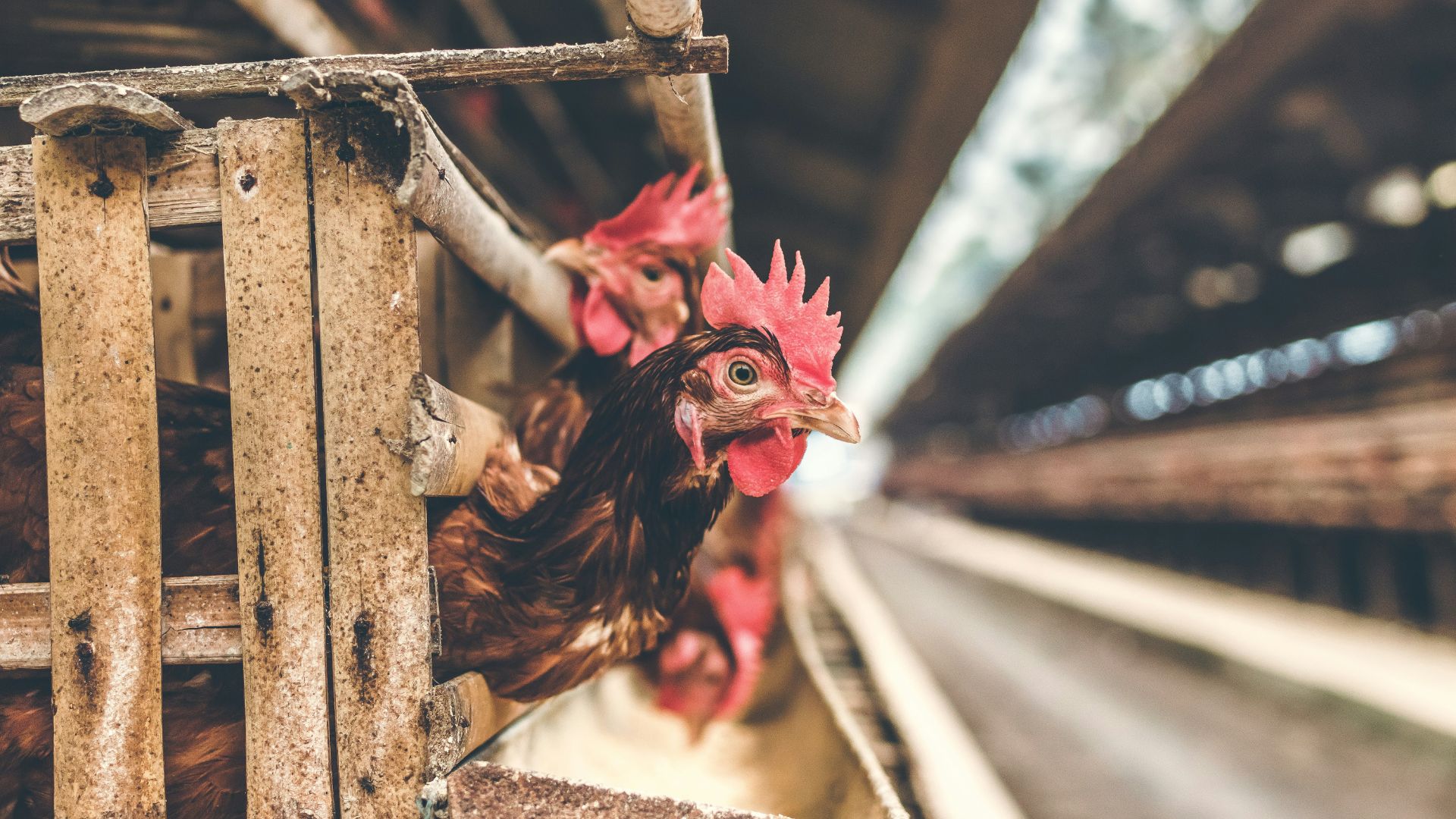
In the past 20 years, less than one thousand cases of the virus in humans have been confirmed.
However, out of 889 cases, 463 deaths have been recorded, making the death rate a terrifying 52%.
Infections in Humans Centralized to the Western Pacific Region

The herds of goats and cattle currently being infected are located in the southern and midwest states. However, in the past 10 years, the majority of human reported infections have been located in the Western Pacific region.
Since 2014, a total of 90 confirmed cases have been reported. Out of those 90 cases, 35 resulted in the death of a human.
Novel Virus Looking for New Hosts
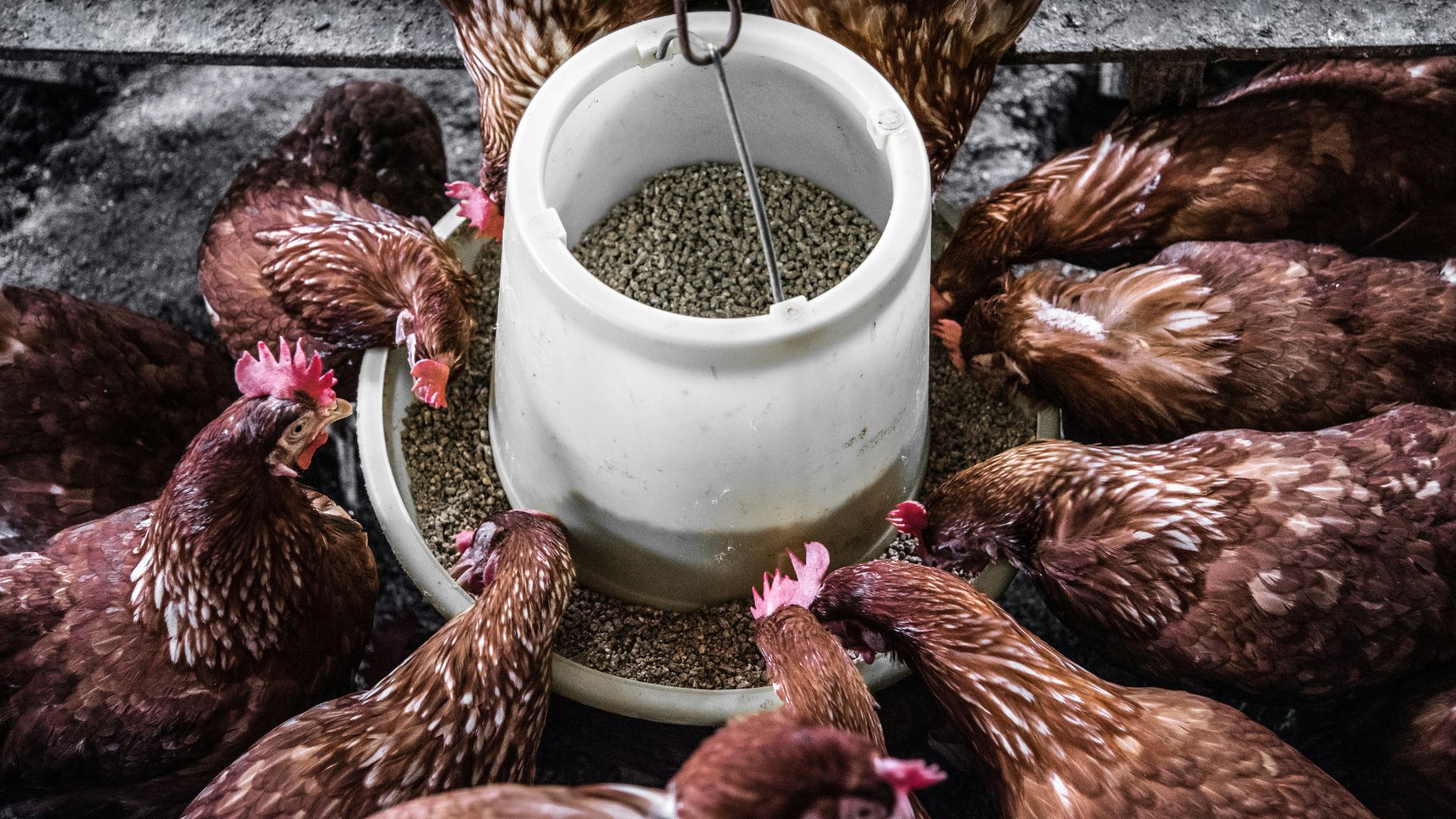
The life of the virus depends on its own ability to mutate and infect new hosts. Viruses, like humans and animals, have a desire to thrive and survive.
The WHO warns that the illness is looking for new novel hosts to inhabit. If a person is to become sick with the illness, complete isolation is the best option to avoid restarting the cycle and spreading it to others.
New Vaccines Underway

Although scientists are currently taking samples and working on a new vaccine for the illness, it’s unclear how long the process may take.
Regional and national health authorities need to track the virus extremely carefully to avoid a similar outbreak to the Covid-19 illness.








































